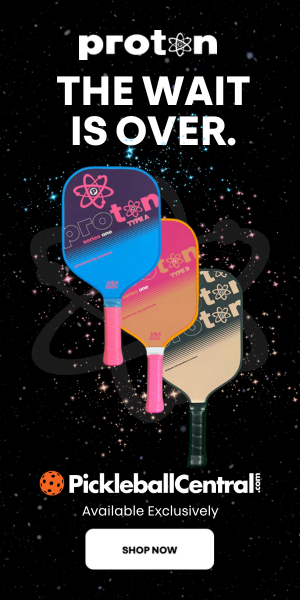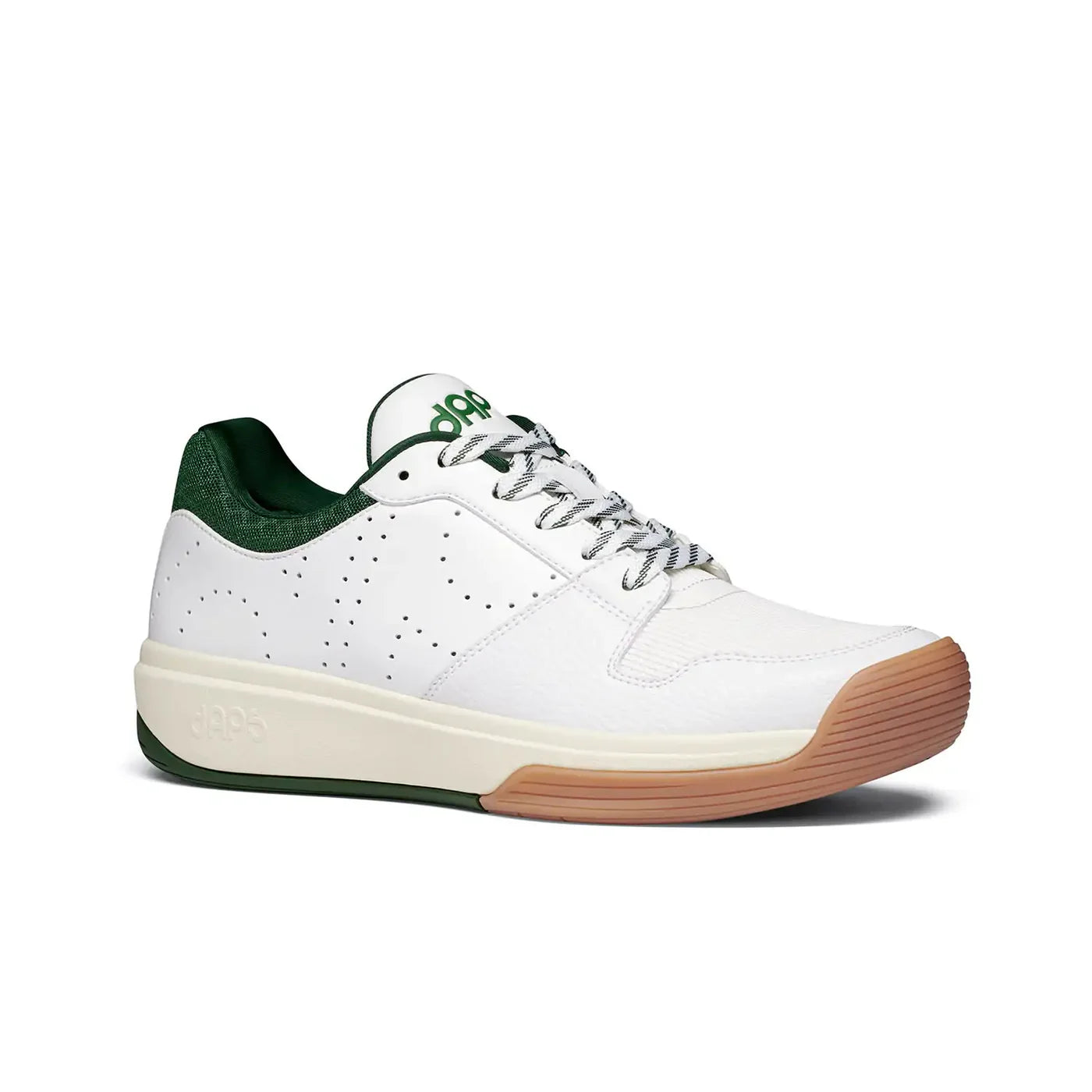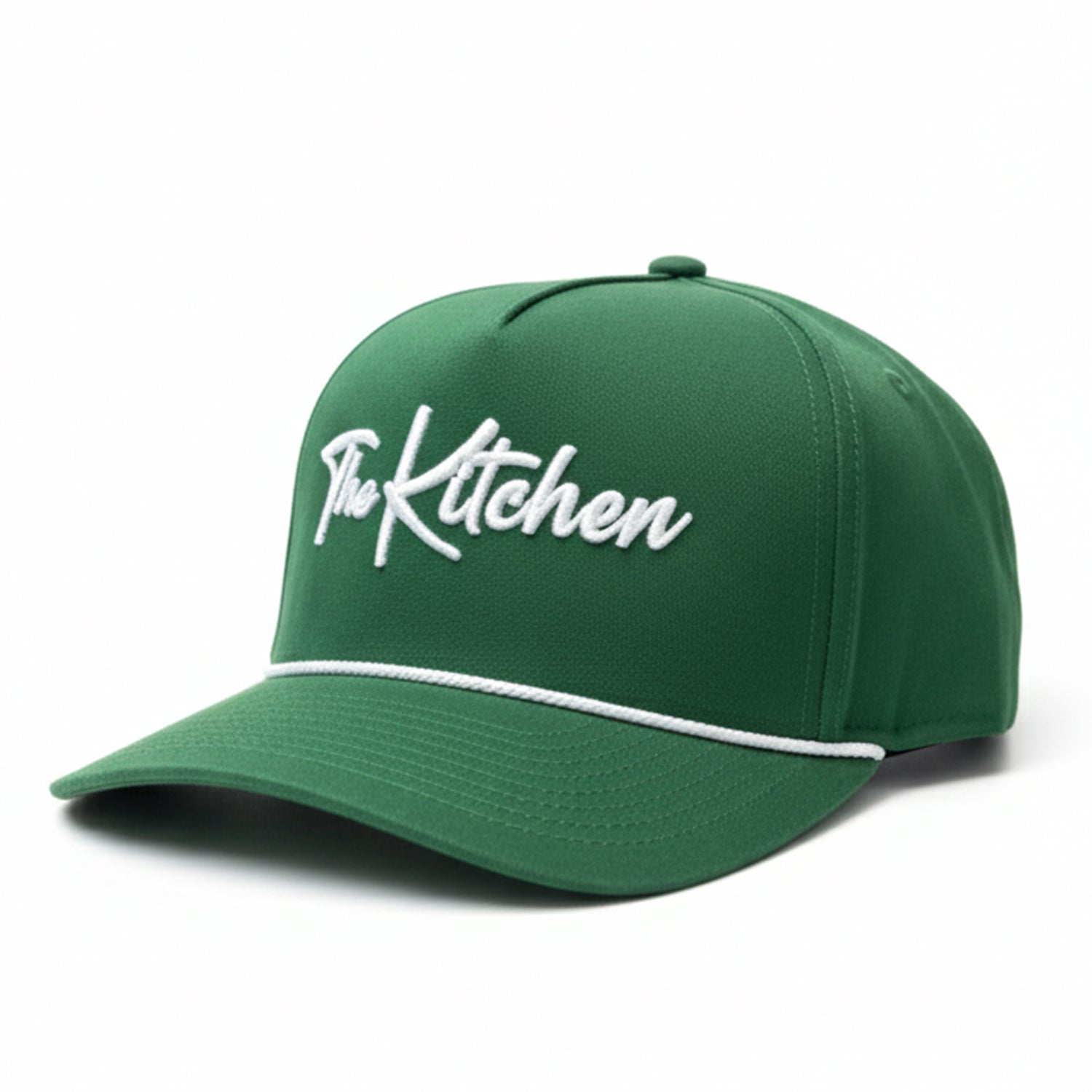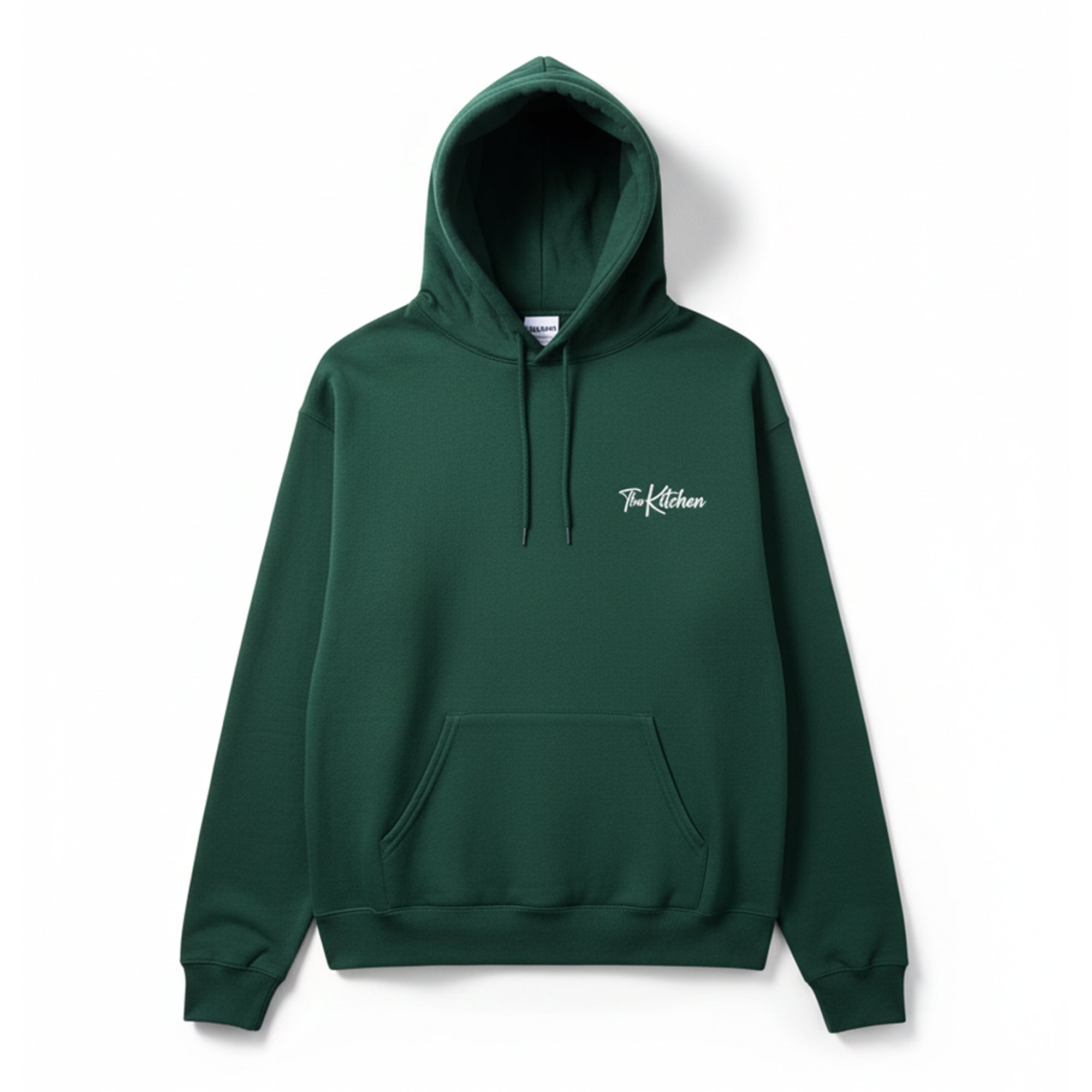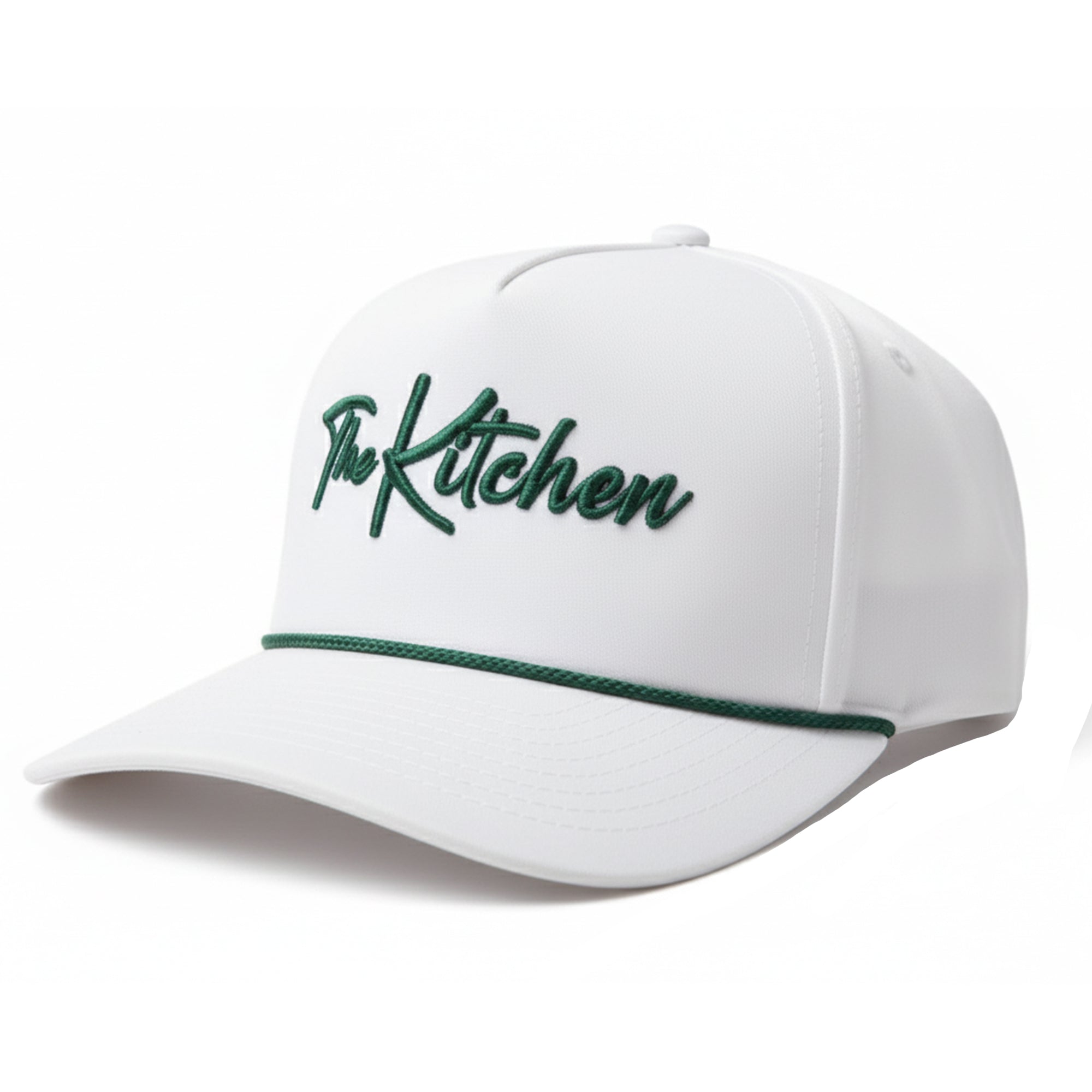Foam-core paddles are changing pickleball: Overview of Gen 4
Last Edited
Apr 09 2025
Category
Gear
For years, pickleball paddles have been locked in a power struggle — literally. Players want more pop. More spin. More control.
But every paddle before now had to balance those elements within the constraints of traditional honeycomb-core designs. Enter Gen 4 paddles, a new category built around 100%-foam cores, and a technology shift that could change the game.
With the CRBN TruFoam Genesis hitting the market first and Selkirk Labs’ Project 008 following closely, foam-based paddles are making waves. But what led to this shift? And is foam the future — or just another passing trend?
A quick history of pickleball paddle evolution
- Gen 0 (Wood Era) – Heavy, stiff, no tech.
- Gen 1 (Basic Honeycomb Paddles) – Polymer honeycomb cores without thermoforming.
- Gen 2 (Thermoformed Honeycomb Paddles) – Added foam edge walls and carbon fiber unibody designs.
- Gen 3 (Floating Core Paddles) – More internal foam layers for a suspended core (Gearbox Pro Power, JOOLA Gen 3/3S).
More of a breakdown on paddle technology and its history here.
Which brings us to Gen 4...
What makes Gen 4 different
Instead of using a honeycomb core like every generation before it, Gen 4 paddles are built entirely (or mostly) from foam. This changes how the paddle flexes, absorbs energy, and transfers power.
Likewise, you can expect these qualities in general from foam core pickleball paddles:
- Increased Sweet Spot – Foam allows for a more consistent feel across the face, reducing dead spots.
- Improved Durability – No polypropylene honeycomb means no core crushing issues.
- Enhanced Dwell Time – The ball stays on the paddle slightly longer, giving players more control over spin and placement.
- Adjustable Power – Foam density and core structure can be fine-tuned to match different play styles.
Two companies have led the charge: CRBN and Selkirk. Let’s break down their first full-foam offerings.
CRBN TruFoam Genesis review: The first full-foam paddle
CRBN was the first brand to release a Gen 4 paddle, and the TruFoam Genesis is an ambitious debut.
Instead of the usual honeycomb interior, it features a solid block of proprietary foam with engineered cutouts that shape the paddle’s playability.
Key features
- Foam Core – No honeycomb, just a single-piece foam interior designed for precision and durability.
- Carbon Fiber Face – Raw carbon fiber for elite spin and control.
- Fiberglass Sweet Spot – A layer of fiberglass in the center of the paddle adds extra pop.
- Customizable Playability – Paddle feel is adjusted through the foam’s density and cutout patterns, rather than thickness.
- Approved for play by both UPA-A & USAP standards
How it plays
- Spin Monster – One of the highest RPM paddles on the market (consistently over 2100+ RPM).
- Controlled Power – Less raw pop than the hardest-hitting Gen 3 paddles, but enough for aggressive all-court play.
- Consistent Feel – The foam eliminates core-crushing concerns, giving players a longer-lasting paddle with steady performance over time.
The TruFoam Genesis is a pioneer of Gen 4 tech, delivering elite spin and a durability advantage over traditional cores. The price tag ($280) is steep, but if the durability claims hold up, it could be a long-term win.
Selkirk Labs Project 008 review: A very different take
 Selkirk, known for its Labs division and cutting-edge prototypes, entered the Gen 4 race with Project 008. Unlike CRBN, which introduced a single-density foam, Selkirk’s design adjusts foam thickness and compression levels across different paddle models.
Selkirk, known for its Labs division and cutting-edge prototypes, entered the Gen 4 race with Project 008. Unlike CRBN, which introduced a single-density foam, Selkirk’s design adjusts foam thickness and compression levels across different paddle models.
Key features
- Multiple Thickness Options – Available in 10mm, 13mm, and 16mm.
- Muted Feel – Offers a soft, dampened touch compared to Gen 3 power paddles.
- Hybrid Shapes – Features the Tour, Epic, and Invicta shapes, catering to different playing styles.
- Approved for play by both UPA-A and USAP standards
How it plays
- Control-Oriented – More feel, less pop. Great for soft game specialists.
- Smoother Dwell Time – Ball lingers longer on the paddle, helping with touch and finesse shots.
- Larger Sweet Spot – The 16mm Tour shape has one of the most forgiving hitting surfaces Selkirk has ever made.
If you prioritize control over raw power, Project 008 is your paddle. The softer, more forgiving feel makes it a great choice for players who want precision over brute force.
Is Gen 4 the Future of Pickleball?
Yes… and no.
Full-foam paddles solve key problems—mainly core crushing and consistency—but they aren’t perfect yet.
Players used to ultra-jumpy, power-loaded paddles (like the soon-to-be-banned MOD or Gearbox Pro Power) might find Gen 4 paddles underwhelming in the pop department.
That said, this technology is in its early stages. Just like carbon fiber replaced fiberglass and thermoformed paddles dominated Gen 3, foam paddles could be the next dominant standard—especially as companies refine designs and tweak power levels.
Who Should Try Gen 4?
- Players who want elite spin and control (CRBN’s TruFoam Genesis)
- Players who prioritize durability and consistency over max power
- Players who love all-court balance or soft game dominance (Selkirk’s Project 008)
Who Might Want to Wait?
- Hardcore power players who need instant put-away pop
- Players who don’t want to pay $280+ for experimental tech
Whether foam core paddles will replace honeycomb cores or simply exist alongside them is the real question. For now, Gen 4 is the boldest leap forward in pickleball paddle technology since...well, since the last gen.








